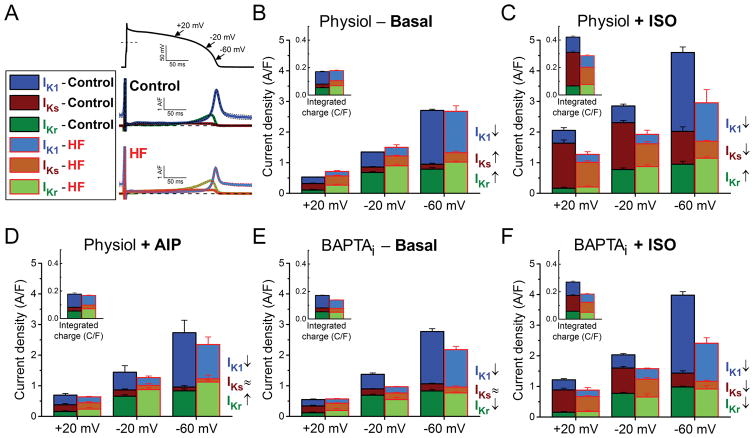Figure 8. Relative contribution of each K+ current to net repolarizing K+ current in HF.
Relative contributions and magnitudes of the major repolarizing K+ currents (IKr, IKs, IK1) during AP are compared in different phases of the repolarization process in HF to those in age-matched control. (A) IKr, IKs and IK1 traces in control and HF measured under AP-clamp at 2 Hz without using any Ca2+ buffer or β-AR agonist. Mean traces and SEM are shown. (B) When [Ca2+]i cycling is preserved, upregulation of IKr and IKs compensates the decrease of IK1 in HF during phase 3 of AP. (C) Stimulation of β-ARs using isoproterenol (ISO, 10 nM) significantly upregulates IKs, thus ISO reverses IKr/IKs dominant pattern of repolarization during phase 3 of AP. However, HF cells are hyporesponsive to ISO-induced stimulation (i.e. IKs increases in a smaller extent than in control) thus the net repolarizing current is largely reduced in HF compared to control. Reversal in IKr/IKs dominance in repolarization following ISO treatment also fail to happen in HF. (D) CaMKII inhibition using the specific inhibitory peptide AIP abolishes the increase in IKs, whereas it does not affect IKr and IK1. (E) When [Ca2+]i is buffered (BAPTAi), the reduction in IK1 without the upregulation of IKr and IKs results in a significant decrease in the net repolarizing current in HF. (F) Under β-adrenergic stimulation in BAPTAi, HF cells show decrease in all three K+ currents compared to control. The contributions of these K+ currents to total net charge are shown in the insets. Columns and bars represent mean±SEM. Statistics and n numbers are shown in Figs. 3–6.

